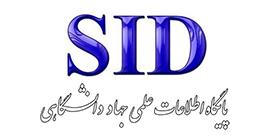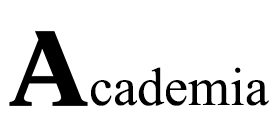Providing a Model of Promoting Theorizing Chairs in Universities and Higher Education Centers
Keywords:
Theorizing Chairs, Leadership, Universities, Higher EducationAbstract
Purpose: Theorizing chairs play an important role in improving theories and the position of the university in compared to other universities. Therefore, the present study was conducted with the aim of providing a model of promoting theorizing chairs in universities and higher education centers. Methodology: This research in terms of purpose was applied and in terms of implementation method was mixed (qualitative and quantitative). The research population in the qualitative part was the university experts of the theorizing chairs in Tehran province and in the quantitative part were the faculty members of Tehran province. The research sample in the qualitative part were 17 people who according to the theoretical saturation principle were selected by purposive sampling method and in the quantitative part were 343 people who according to Cochran's formula were selected by multi-stage cluster sampling method. The research instrument in the qualitative part was a semi-structured interview and in the quantitative part was a researcher-made questionnaire (32 items), whose psychometric indices were confirmed. Data were analyzed with using methods of coding in MAXQDA software and exploratory factor analysis and structural equation modeling in SPSS and AMOS software. Findings: The results showed that for the promoting theorizing chairs 32 indicators, 9 components and 3 categories were identified. The leadership factors category were included six components of open-mindedness, rationality, driving force, religious debates, specialized debates and moderation, administrative category were included one component of administrative and university category were included two components of innovation and productivity. Also, the factor load of all components on the relevant categories and categories on the model of promoting theorizing chairs was significant. In addition, the fit indices of the mentioned model indicate the appropriate fit of the model and the component on the relevant categories and the categories on the model of the present study had a significant effect (P <0.05). Conclusion: Considering the approval of the model of promoting theorizing chairs in both qualitative and quantitative parts, planning seems necessary for the implementation of theorizing chairs in universities and higher education centers.
















